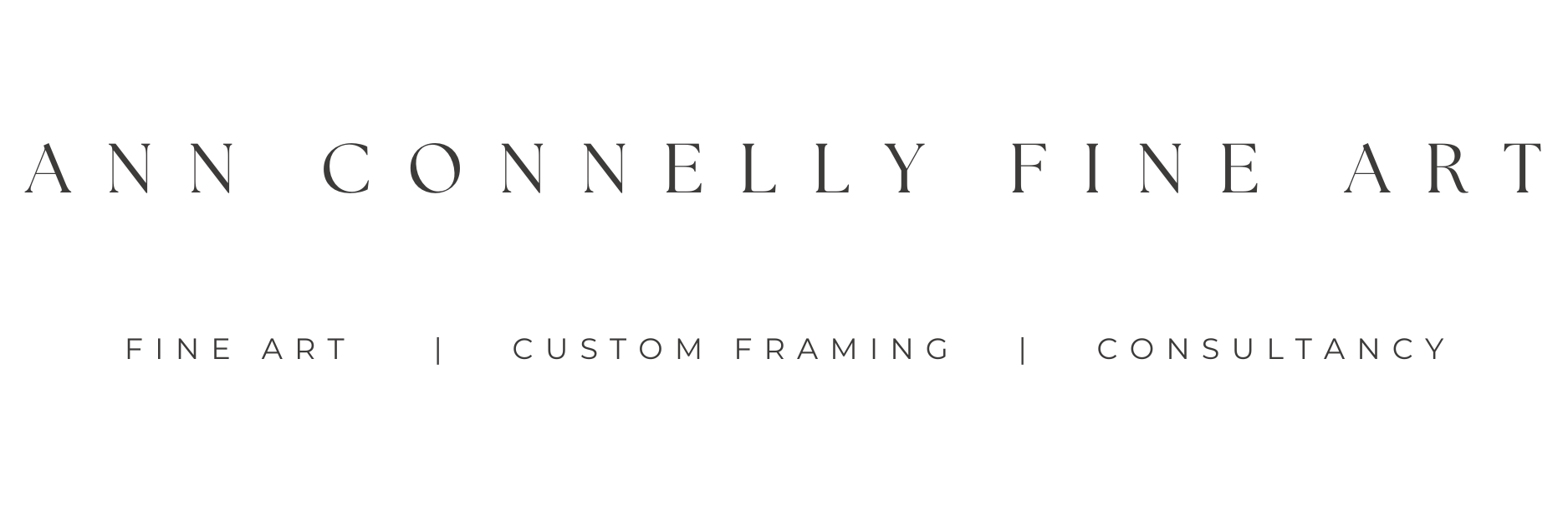"I've always found beauty and value in old things. They embody a history. Like an old aunt or uncle, my materials have a life experience to share."
Growing up in New Haven, Connecticut, the artist was surrounded by a very creative home and a city with numerous cultural and academic offerings. Her father was a practicing architect and her mother a violinist and Jacqueline was always underfoot; going with her dad to job sites and surrounded by music at home. She credits her father with teaching her "what a line could do" as she would watch him take a building from drawing to reality.
Watching both of her parents live 'avocation as vocation', Jacqueline attended Sarah Lawrence College where she pursued studies in Studio Art and Poetry. This path was formed because of how the artist learns, remembering that she's "...always done both" as part of her process of creating. During her time at college, she was able to spend a year in Paris studying and painting. She recalls this time of drawing, thinking and looking and remembering how it "...nourished my process". After graduating in 1984, she took a job as a graphic designer - a very tactile job at the time. Shortly after, she met her husband who had recently graduated from the music program at Yale and they moved to the South.
"When I arrived in Baton Rouge on a scorching August evening so many years ago, I was in absolutely unfamiliar territory!"
During her early days in Baton Rouge, she began to find her place within the art community and amoung her peers at neighboring LSU. Professor Emeritus, Edward Pramuk, was an early mentor for Jacqueline and helped her forge a path that ultimately led to her pursuing an independent studies curriculum with him at while he was still leading the painting department at LSU in the early 1990's. Jacqueline recalls,
"He signaled me to listen to both of my muses and encouraged the dual nature of my MFA thesis project, a book of poems with corresponding visual images. Since that time, the relationship between my art and writing has grown more conceptual, but my friendship with Ed remains the real deal."
Jacqueline Dee Parker has always used tactile elements in her work, learning and inspired from modern masters like Kurt Schwitters and Robert Rauschenberg. Her process has always involved a lot of hand work including searching for materials and artifacts.
"I love the handwritten notes I encounter in old sheet music-'practice!', or the...passages of text of...an earlier reader. I'm moved by this tactile evidence of human life, labor and culture-- especially as it is rapidly disappearing from our daily life."
The fragments the artist uses to create her work are a play on color, line and shape. Each piece, placed intentionally, culminates into the full composition.
"I am aware that my materials signal nostalgia, but in the process of re-purposing aim to mark what I'm making with a sense of the here and now. I hope that viewers may find spaces that allow room for memory and reflection."
Take a look into the artist's studio with the video below and see the new work in her
